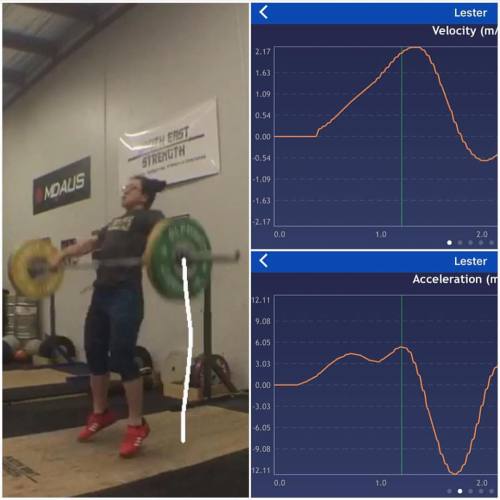We had some great response from our last post regarding...

We had some great response from our last post regarding technical variations and understanding how that affects the way an athlete pulls and creates acceleration. We will be delving further into these technical variations this week; but for now, Lester is here to speak about velocity and acceleration as it relates to biomechanics.
.
By @lesterhokw:
Velocity vs Acceleration.
.
Many coaches like to mention that they use biomechanics to understand what’s going on with an individual’s lifting technique.
.
However, the mistake I commonly see is that they think they can decipher what’s going in regards to the acceleration of the bar from the velocity graph.
.
Yes. Velocity is a component of acceleration. Acceleration is indeed the change of velocity over time.
.
The mistake I typically see is that acceleration is being “analysed” through a velocity-profile graph but in actual fact, when calculating acceleration, you will find that there are two peaks in acceleration because of the transition phase happening.
.
As you can see from the graphs, velocity travels different as compared to the acceleration graph. The acceleration graph gives you a better idea of how force is being applied to the bar.
.
Now observing the positions associated with the peaks will then give you a better picture of what the lifter is doing. Whether he is over pulling, or getting under too fast or using too much of his arms, that can be inferred more accurately.
.
Stay tuned on @dianefu’s account to see what we can learn from Oxana’s and Lu’s lifts as we prepare to show you their graphs.
.
#TheTrainingGeek #SouthEastStrength #FuBarbell #OxanaSlivenko #LuXiaoJun
